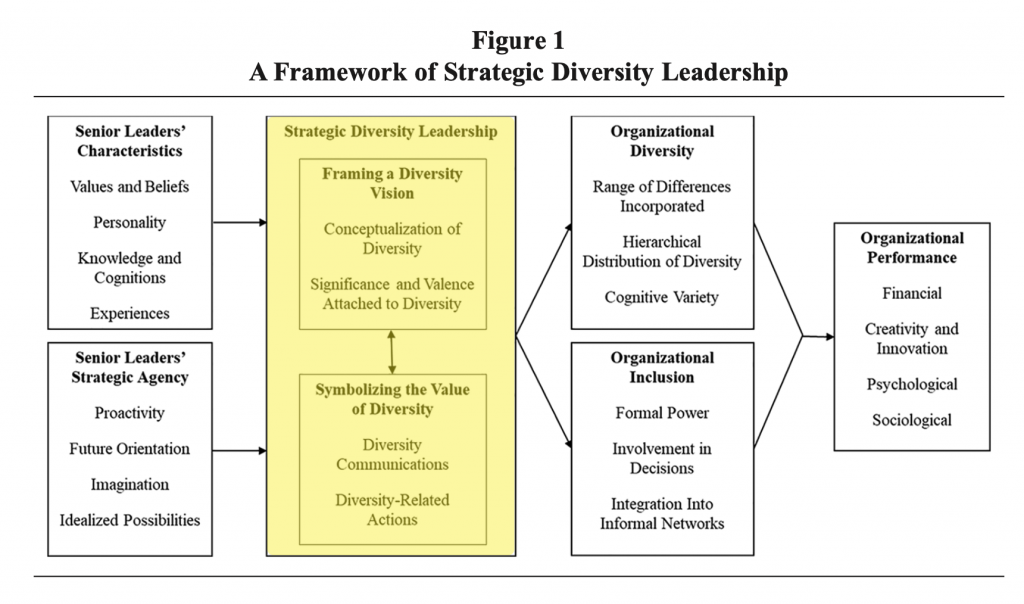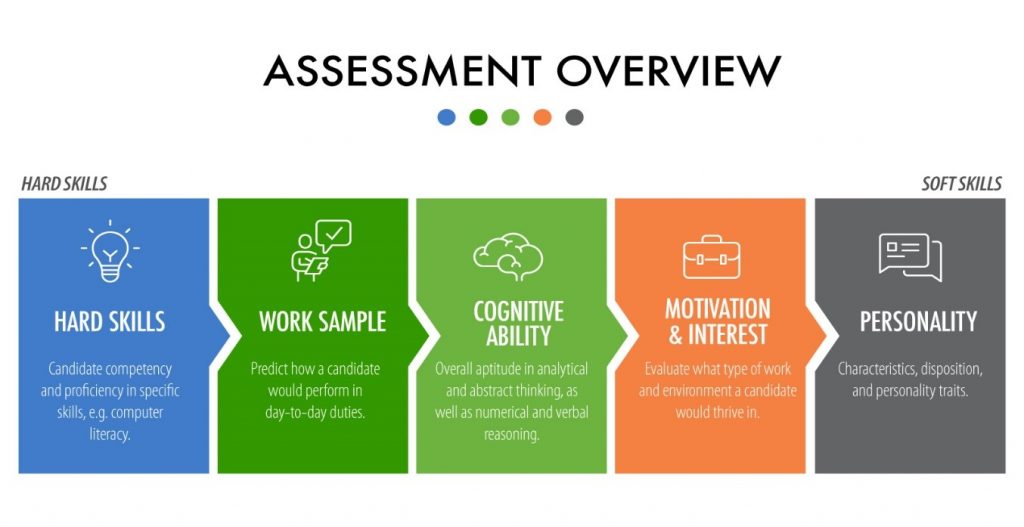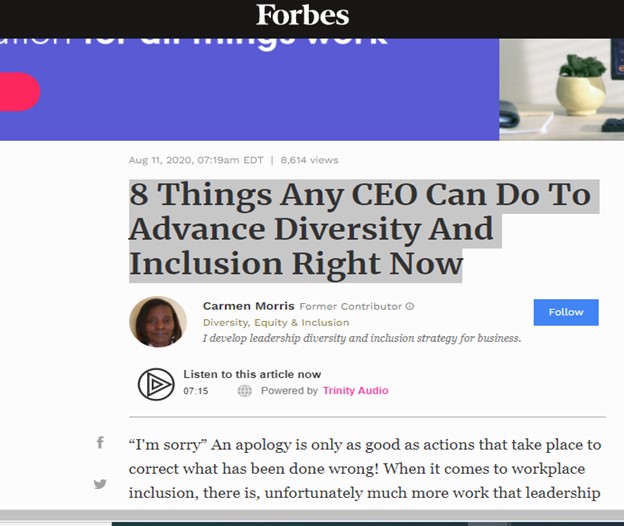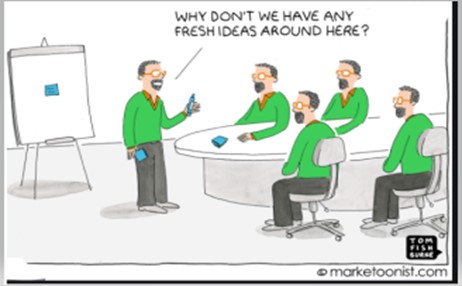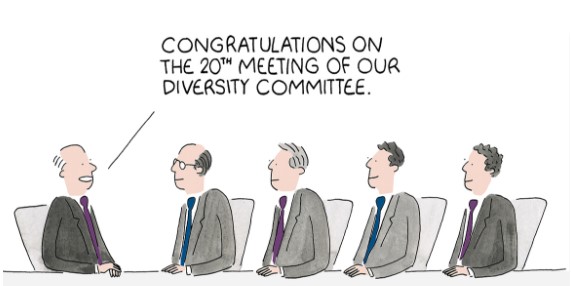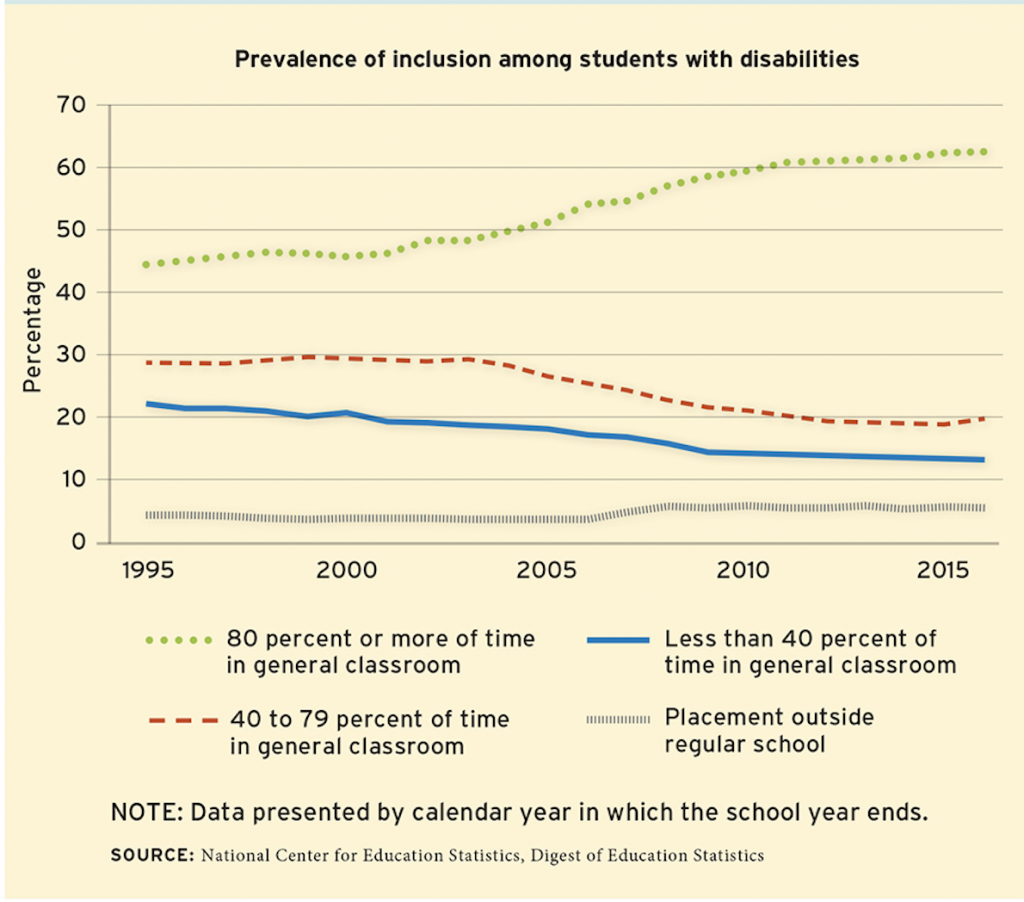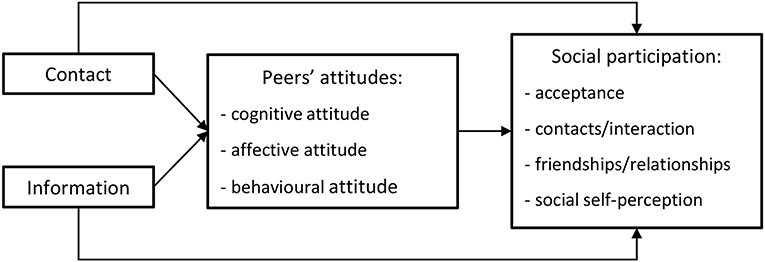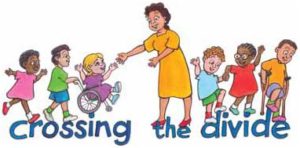In “Creating culturally responsive environments: ethnic minority teachers’ constructs of cultural diversity in Hong Kong secondary schools”, Ming-tak Hue and Kerry John Kennedy wanted to tackle the challenge of Hong Kong’s increasingly growing ethnic minority students and how the teaching environment can adapt to this changing reality. Part of Hue and Kennedy’s research included interviewing secondary school teachers of varying ethnic minority descent, ranging from Canadian to Pakistani. The researchers then used their responses to create a model to allow educators to re-manage their teaching habits and deepen their understanding cross-cultural education.
Even though it is well known that Hong Kong is an international city, the vast majority of the population belong to the Chinese ethnicity (as high as 95%), while there is a growth in ethnic minority students within the public education sector (School of Education Statistics Section, Education Bureau, 2012). However, while this number only makes up 1.94% of the city’s primary and secondary students, the more important issue faced by the educational system is that there is a quick growth of non-Chinese speaking students, from 0.71% (2008/2009) to 1.43% (2011/2012). However, many of the city’s schools are not prepared to tackle this problem, and the combination of a lack of ethnic minority teachers as well as the tendency for ethnic minority students to underperform educationally remains a major problem.
Studies have shown that there is a gap between ethnic majority and ethnic minority students’ in terms of academic performance and employment opportunities (Darling-Hammond, 2006; Frankenberg, Lee, & Orfield, 2003), and that in order to close the gap, the social connection between ethnic-majority and minority students needs to be achieved by the host society (Stanton-Salazar, 1997; Yosso, 2005). To achieve this, several Hong Kong schools already looked for ways to respond to the cultures of ethnic-minority students, and mainly of those who come from low socio-economic backgrounds. While in many Western countries the increase of ethnic minority teachers to assist ethnic minority students is common, that is not so much the case in a relatively homogenous city like Hong Kong. However, one of the most important aspects of having ethnic minority teachers is the understanding and help they can offer to the students, such as dealing with racism, increasing tolerance, the promotion of multiculturalism, slowly ridding cultural stereotypes, and increasing the perception of Hong Kong as a multi-ethnic society.
The study among the interviewed teachers also looked into the experiences of ethnic minority teachers through a social construction of reality. There were three parts to this experience that Hue and Kennedy looked into, which were the changes in space (the community of ethnic minorities), the place (classrooms), and the time spent in classrooms. This was done to allow the teachers to relive their former teaching experiences and explore a narrative to help their future in assisting minority students.
The findings then showed that teachers from an ethnic minority background became even more aware of their own ethnic identities as well as becoming more aware of the “minor acts of racism” within Hong Kong’s educational system as well as the larger society. The goal was then to transform the educational system according to the idea of “cosmopolitanism”, the idea that in order for Hong Kong to become recognized as a truly international city, it must create a space for non-Chinese speakers to take part and feel accepted. Part of this can be achieved with tackling Hong Kong’s trilingual problem in education, since ethnic minority students will have to become fluent in the official languages of Cantonese/Chinese, English as well as their native tongues. The ethnic minority teachers explained that in order to truly help the non-Chinese speaking students reach academic success and attend tertiary level education, English and more importantly Cantonese (the native language of most of Hong Kong’s population), must take part in their daily lives.
I specifically chose this article because it is directly tied with the readings that we have done in the past week, how diversity is becoming more and more important because our perception of it is also becoming more clear. Being from Hong Kong and having friends of ethnic minority backgrounds, I believe that the research shown in this article is essential to assist Hong Kong’s population in moving forward from the traditional belief that the city is universally Chinese-speaking.
Article:
Hue, M.-tak, & Kennedy, K. J. (2013). Creating culturally responsive Environments: Ethnic minority teachers’ constructs of cultural diversity in Hong Kong secondary schools. Asia Pacific Journal of Education, 34(3), 273–287. https://doi.org/10.1080/02188791.2013.823379

